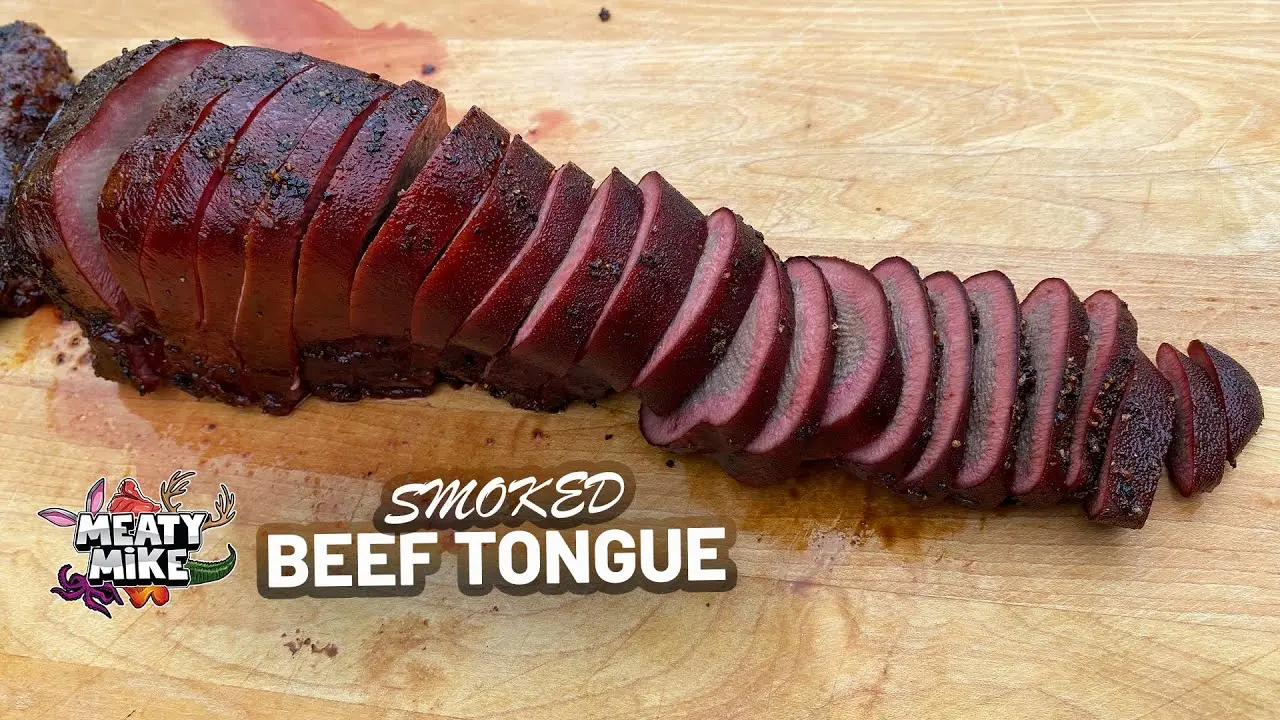Are you a fan of unique and adventurous dishes? Look no further than smoked tongue! This delicacy, often overlooked, offers a tantalizing combination of smoky flavors and tender meat. In this article, we will guide you through the process of smoking pork tongue to recreate the incredible flavors experienced at the Purple Pig in Chicago.
Smoking Pork Tongue: Step-by-Step Guide
Smoking pork tongue requires a bit of preparation, but the end result is well worth the effort. Let's break down the process:
Simmering the Pork Tongue
Before smoking the tongue, it's essential to simmer it to ensure tenderness. Place the pork tongue in a pot with aromatic ingredients such as herbs, spices, and vegetables. Simmer it for 3-5+ hours until it becomes fork-tender. This slow cooking process infuses the meat with rich flavors.
Once the simmering is complete, refrigerate the tongue overnight, generously rubbing it with salt and pepper. This step allows the flavors to penetrate the meat further, enhancing the overall taste.

Smoking the Tongue
The next day, it's time to fire up your smoker. Set the temperature to 200°F and place the tongue on the grate. The goal here is to impart the smoky flavor to the meat rather than cook or tenderize it further. Let the tongue smoke for 2-3 hours, allowing the flavors to develop.
During this process, keep an eye on the temperature to ensure it remains consistent. This will help achieve optimal results.
Searing the Tongue
After the smoking process, rest the tongue for about 30 minutes. This allows the juices to redistribute within the meat, resulting in a more succulent final product. Once rested, sear the tongue in a cast iron pan with some melted fat to achieve a beautiful caramelized crust.
Now that you have a basic understanding of the smoking process, let's address some common questions and concerns:
About Smoked Tongue
What should I look for when purchasing a good tongue?
When selecting a pork tongue for smoking, look for one that is fresh, plump, and free from any unpleasant odors. The tongue should have a healthy pink color and be well-trimmed.
What internal temperature should I aim for?
The internal temperature of the smoked tongue should reach 160°F for safe consumption. Use a meat thermometer to monitor the temperature and ensure it reaches the desired level.
What kind of consistency/feel should it have when it's done?
When the tongue is fully cooked and ready to be enjoyed, it should have a tender yet firm texture. The meat should easily pull apart with a fork, indicating its tenderness.
What am I bound to screw up because I've never done this before?
As with any new cooking technique, there may be some challenges along the way. Here are a few common mistakes to avoid:
- Overcooking the tongue: Keep a close eye on the simmering and smoking times to prevent the tongue from becoming overly tender or dry.
- Under-seasoning: Be generous with the salt and pepper rub before refrigerating the tongue. This step adds essential flavors to the meat.
- Inconsistent temperature: Maintain a stable temperature throughout the smoking process to ensure even cooking and optimal flavor absorption.
By being aware of these potential pitfalls, you can ensure a successful smoked tongue experience.
In Conclusion
Smoked tongue is a unique and flavorful dish that deserves a place on your culinary repertoire. By following this step-by-step guide, you can recreate the smoky perfection of the Purple Pig's smoked pork tongue in the comfort of your own home.
Remember to select a high-quality tongue, monitor the internal temperature, and aim for a tender yet firm consistency. With a little practice, you'll be able to master the art of smoking tongue and impress your friends and family with this delicious delicacy.
If you want to know other articles similar to Smoked tongue: a guide to perfectly smoky flavors you can visit the Cooking category.


Related Articles